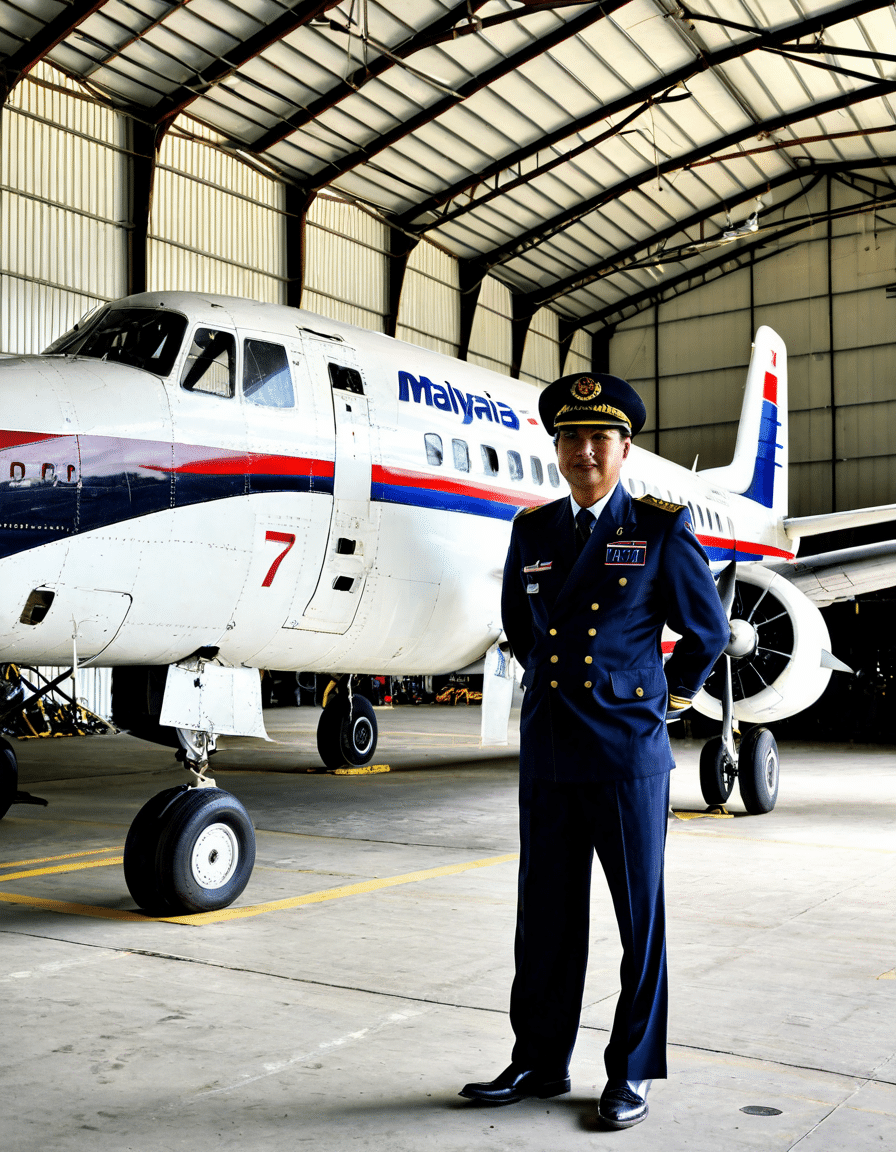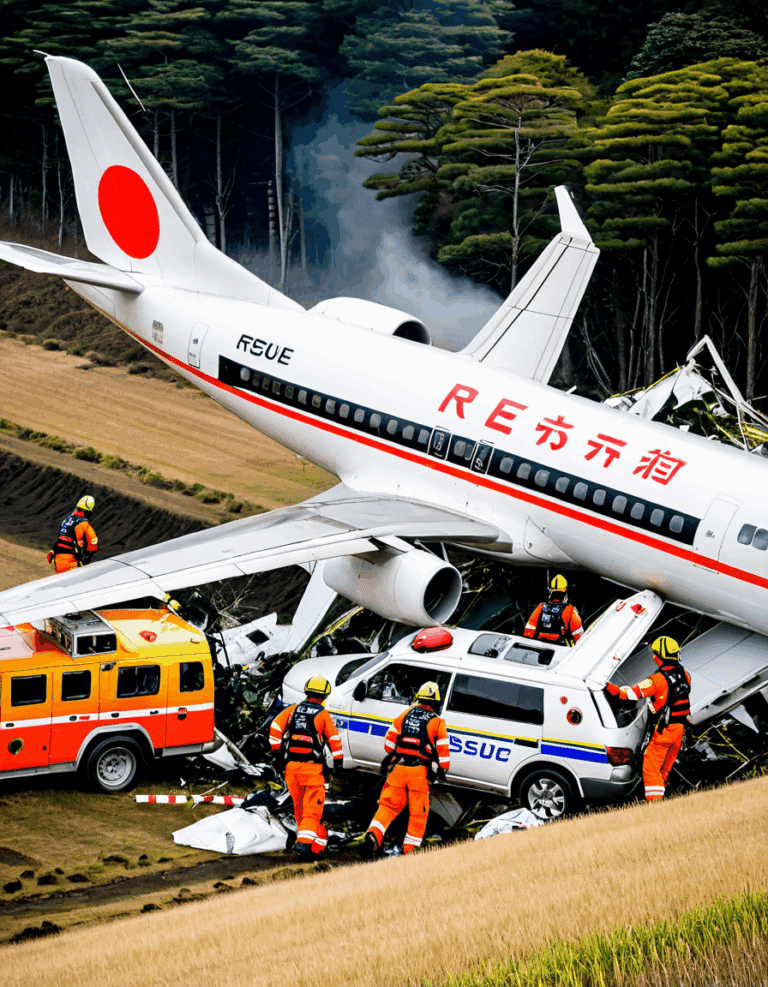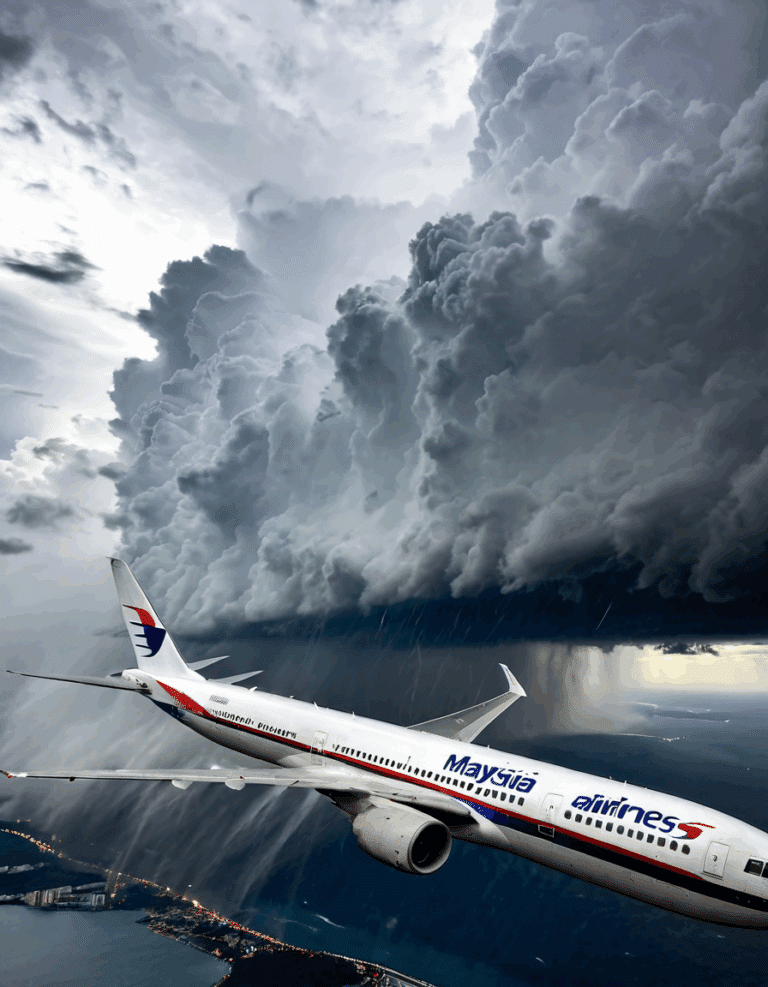
Unraveling the Legacy of the Malaysia Airlines Flight 370 Pilot
The saga of Malaysia Airlines Flight 370 (MH370) has perplexed the world since its mysterious disappearance on March 8, 2014. Among the enigmatic figures in this tragedy is the flight’s pilot, Captain Zaharie Ahmad Shah. The enigmatic legacy of the Malaysia Airlines Flight 370 pilot continues to fuel debates and foster curiosity about his true role in this aviation mystery. As theories swirl around Captain Zaharie’s character, professional background, and personal life, it prompts us to question: who was this man behind the controls of a Boeing 777, and what influence might he have had on the flight’s fate?
The legacy of the Malaysia Airlines Flight 370 pilot is undeniably complicated. On one hand, he was known as a skilled aviator with thousands of flying hours under his belt, earning respect in the aviation community. On the other hand, his life outside the cockpit came under scrutiny, raising questions about his mental health and personal circumstances leading up to the flight. As we reflect on Zaharie’s life, it becomes clear that this narrative encompasses both his professional accomplishments and the personal struggles that may have left a lasting impact on his legacy.
Captain Zaharie’s story intersects with broader themes, such as mental health awareness in commercial pilots and the accountability expected from airlines. While speculation about his personal life persists, it is crucial to assess how this can shape perceptions of pilots in general. As more voices in today’s society advocate for mental health checks and transparent practices in aviation, the legacy of the Malaysia Airlines Flight 370 pilot may prompt new discussions about safety and responsibility in the industry, as well as accountability in the workforce.
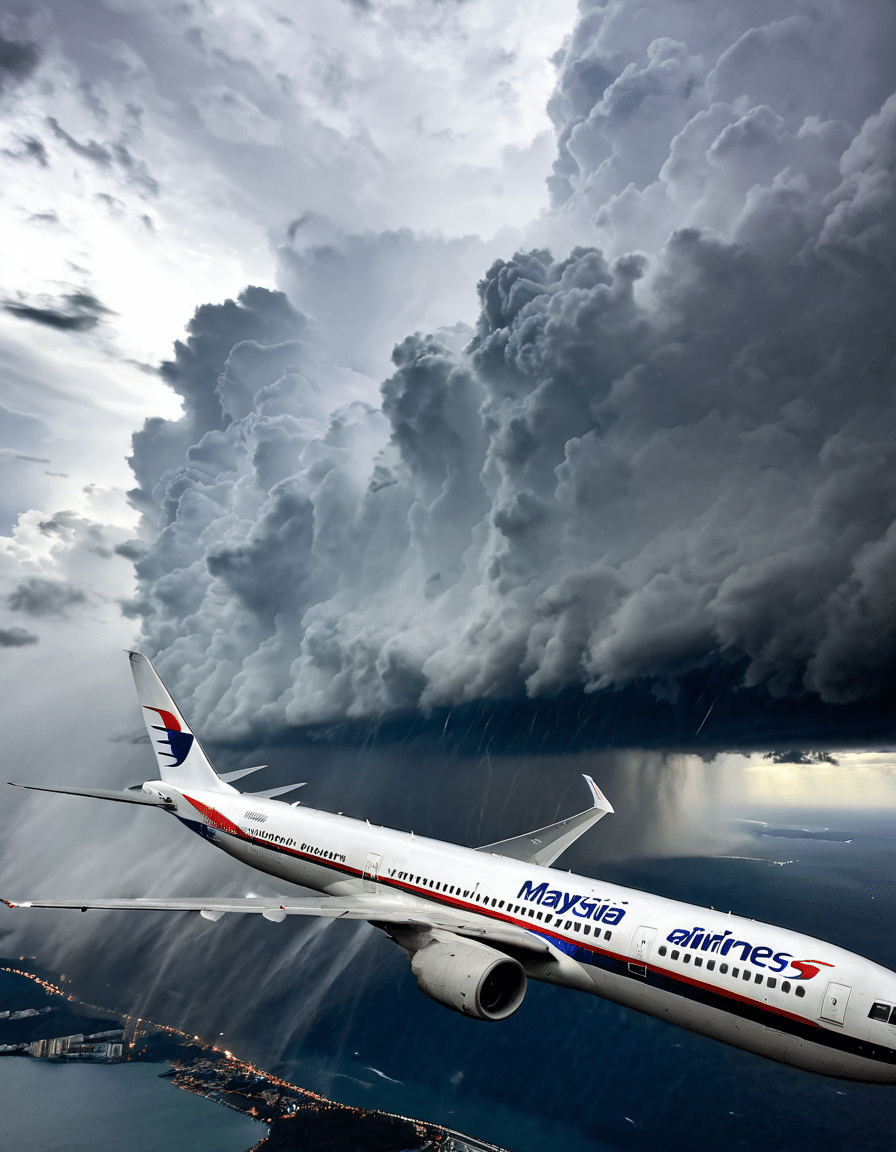
Top 7 Theories Surrounding the Malaysia Airlines Flight 370 Pilot

The Pilot Names Behind Malaysia Airlines Flight 370: Exploring the Story of Zaharie and First Officer Fariq Hamid
While Captain Zaharie is prominent in many theories, his co-pilot, First Officer Fariq Hamid, also played a pivotal role on that ill-fated flight. Examining their profiles reveals deeper insights into the operational dynamics of commercial aviation. Unlike Zaharie, Fariq’s legacy remains mostly untouched by controversy, shedding light on the human element of this tragic tale.
Fariq was a devoted and well-trained first officer tasked with assisting Zaharie. These two pilots embodied dedication, professionalism, and a commitment to safety. As individuals, they performed at a level expected of commercial aviators and trained intensively to ensure passenger safety on each flight. Their stories remind us that aviation relies heavily on teamwork and the collaborative spirit that must continuously evolve.
In assessing the Malaysia Airlines Flight 370 pilot names, we grasp the weight of responsibility shouldered by both Zaharie and Fariq. Their backgrounds and abilities emphasize the importance of continuous training and preparedness for unforeseen circumstances in aviation. While Zaharie’s legacy inspires debate and intrigue, it’s essential to also acknowledge Fariq’s role in this complex narrative, reflecting the essential human aspect of air travel.
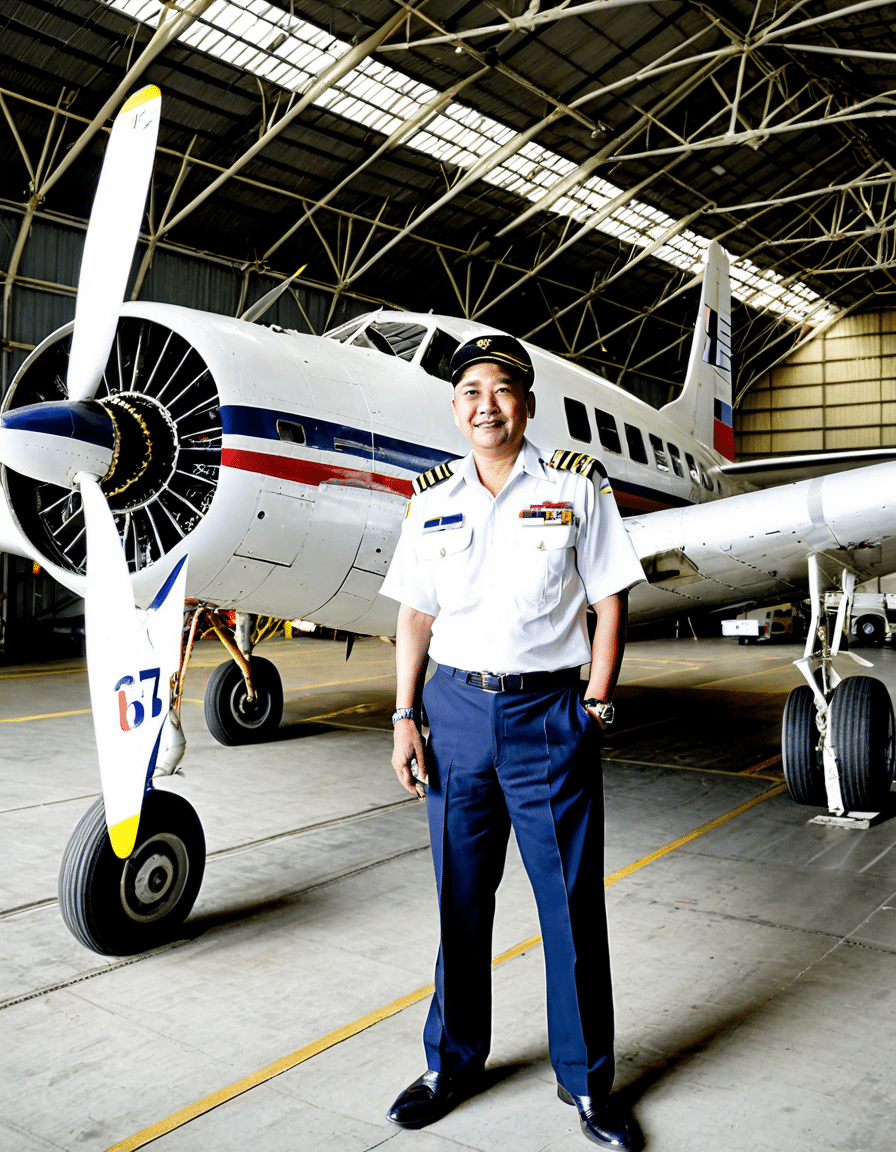
Navigating the Aftermath: The Impact of MH370 on Global Aviation Standards
The disappearance of Malaysia Airlines Flight 370 has sent shockwaves through the aviation industry, compelling regulatory bodies to reevaluate protocols and safety standards, particularly concerning pilot training and emergency preparedness. The ramifications spread beyond Malaysian borders, affecting airlines globally, including American Airlines and Southwest Airlines flight 2786. High-profile industry leaders are now rethinking existing policies to improve safety.
United Airlines CEO Scott Kirby even referenced the MH370 incident in discussions on enhancing global tracking systems, emphasizing the need for advanced technology to prevent similar tragedies from occurring. This renewed focus on safety and accountability reflects evolving consensus within the industry while ensuring that the legacy of the Malaysia Airlines Flight 370 pilot can lead to positive change.
In the wake of the tragedy, lessons learned have sparked discussions surrounding aviation technologies, operational protocols, and staff training. The industry’s evolving response ensures that prospective airline pilots are better equipped to deal with emergencies and unexpected challenges. This ongoing transformation in practice and policy is essential in an age where passenger safety remains paramount, serving the public interest.

What the Search Efforts Revealed: A Broader Context in Aviation History
The extensive search for MH370 involved covering vast stretches of the Indian Ocean and revealed questions about current search strategies in aviation. Although some airlines, like Carnival Cruise, experienced dramatic scenarios requiring air rescues from the Air Force, evolving searches for missing aircraft prompted improvements and innovations in tracking and locating downed planes. The efforts prompted a reevaluation of best practices across airlines globally.
Drawing on invaluable lessons learned from the MH370 incident, airlines now prioritize comprehensive approaches to preventing such tragedies. Experts advocate testing new methods and strategies, ensuring both the safety of passengers and the accountability of airline operations. The findings may enrich aviation practices, demonstrating the necessity of adapting to emerging challenges.
Examining the search yields insights into persistent issues within the aviation community. The immense resources poured into finding Flight 370 underscore a commitment to improving safety protocols. Public interest resulting from this incident highlights the aviation community’s ongoing responsibility to stay ahead of potential obstacles and dedicated service to passengers worldwide.
Navigating Public Interest: The Ongoing Fascination with MH370
Despite the passage of years, the mystery surrounding Malaysia Airlines Flight 370 endures, captivating both mainstream media and popular culture. Engaging the public through conspiracy theories, documentaries, and academic studies, the story continues to provoke intrigue and skepticism. Recent interest from aviation professionals and continuing technological advancements in search capabilities indicate that the chapters on MH370 are far from closed.
The ongoing fascination with the Malaysia Airlines Flight 370 pilot’s legacy reflects larger societal themes of accountability, mental health, and innovation in aviation safety. As discussions evolve, a blend of human narratives and technical considerations forms a compelling case for ongoing inquiry into the mysterious events surrounding this missing plane.
As we contemplate the complex legacy of Captain Zaharie and the unanswered questions regarding Malaysia Airlines Flight 370, we should consider how this narrative prompts dialogue not only about accountability within the airline industry but also about awareness surrounding the mental health of pilots. The aviation community and society as a whole must delve into these intricate topics, ensuring that the legacy of Flight 370 serves as a catalyst for growth, learning, and continuous improvement in air travel safety.
In the end, while the fate of MH370 and its crew may remain shrouded in mystery, the enduring legacy beckons us to be vigilant in fostering accountability, safety, and mental wellness in the skies.
Malaysia Airlines Flight 370 Pilot: A Legacy Shrouded in Mystery
Whispers of the Skies
The mysterious disappearance of Malaysia Airlines Flight 370 continues to capture the public’s imagination, but perhaps no aspect has stirred curiosity quite like the enigmatic figure of the Malaysia Airlines Flight 370 pilot. Captain Zaharie Ahmad Shah, a seasoned aviator, left behind a legacy that’s both fascinating and puzzling. He had an illustrious career, reportedly logging over 18,000 flight hours—talk about a seasoned pro! Interestingly, Shah’s passion for flying wasn’t just grounded in his job; he was rumored to have built a flight simulator in his own home. If you’re into football and want to switch gears, the Oregon Ducks football news is definitely worth a look, showcasing how even a playful touch can captivate a crowd.
A Glimpse into the Unknown
Now, let’s pivot to the pilot’s personal side. Zaharie’s life was more than just cockpit adventures; he had a global perspective. His love for travel took him to various cities worldwide, including breathtaking spots like Lugano, Switzerland, where the mountain views could inspire anyone. It’s said that Captain Shah’s friends admired his skills not just in aviation but also in creating memorable experiences. Just like the thrill of the Astros vs. Orioles games, his life had its own high-flying drama filled with suspense, laughter, and, unfortunately, mystery.
The Human Element
Beyond the facts and figures, the Malaysia Airlines Flight 370 pilot embodies the human experience—filled with aspirations and unknowns. Did you know? The day before the flight, he posted a message on Facebook, expressing his love for the sky. It mirrors the sentiment behind reality shows like “Love is Blind” new episodes, where emotions run high and true feelings are laid bare. Moreover, his legacy continues to be discussed in various news outlets, with updates swirling around his life, such as the recent Michael Middleton news that dives into personal stories connecting people through their own mysterious paths.
Captain Zaharie Ahmad Shah might have assumed his final flight into the unknown, but the tales around him linger. His life remains a captivating narrative, reminding us that behind every headline is a human story—complex, threaded together with dreams and unanswered questions, much like life itself.
